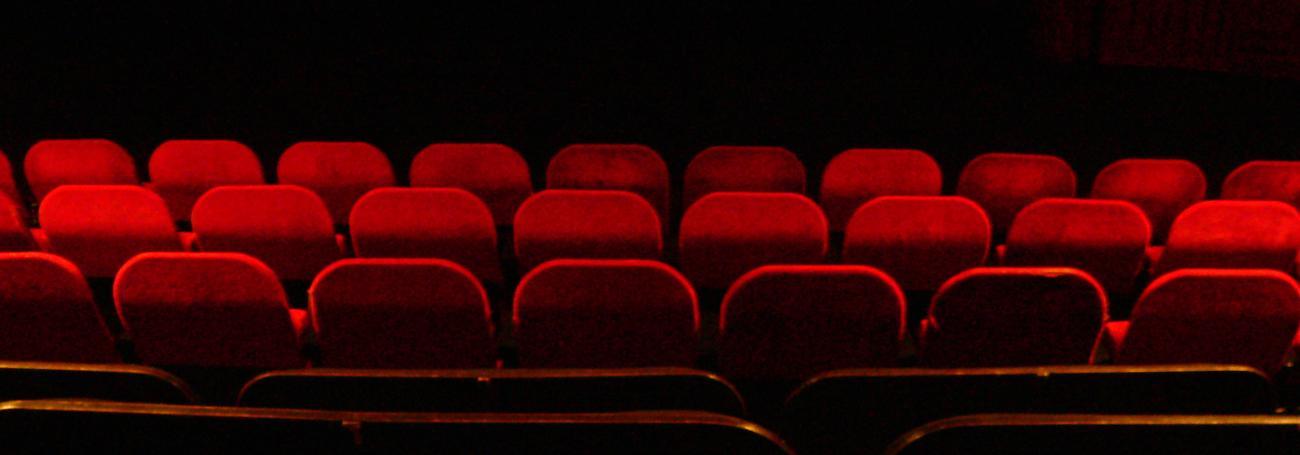
Let me start by saying this: I am a huge fan of cinema. So, for me to be able to write a few lines about the power of art, and specifically of film, to show people how justice works in our ultra-developed and ultra-rich societies is a true self-indulgent privilege. Throughout the last ten years, having studied Criminology since my undergraduate studies up until my current Ph.D research in the field of Restorative Justice, I have gained a good understanding of how the criminal justice system works but also became acutely aware of just how difficult it is to successfully inform the public about it. When the conversation turns to crime, everyone seems to have an opinion, many times strong opinions fuelled by the not so objective press coverage of particularly brutal, but thankfully rare crimes in our societies. Also, thankfully, most people in our societies never comes into contact with the criminal justice system, so the knowledge regarding its inner workings tends to be low. Moreover, the typical master frame for understanding crime offered to the public by the media defines the relationship between victims and offenders as straightforward and unambiguous (Pemberton, 2015; Tulloch, 2006). Intuitively, this frame makes it easier to empathise with the victim but mainly if this is a person described as an “ideal victim”, meaning that there was a total absence of ‘victimogenic factors that might have promoted or facilitated the victimisation’ (Fattah, 1999: 203). However, reality tends to be a colour picture, no black and white. It tends to be even more difficult for someone in their everyday life to empathise with the person responsible for the harm, which is placed at an infinite distance by the label of offender and the dehumanising description that often we find of them in the news.

